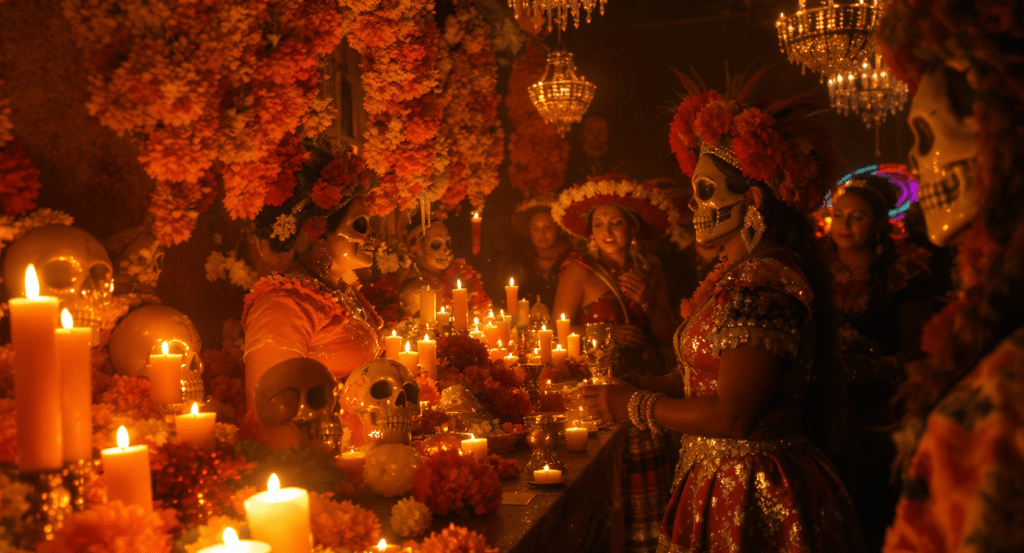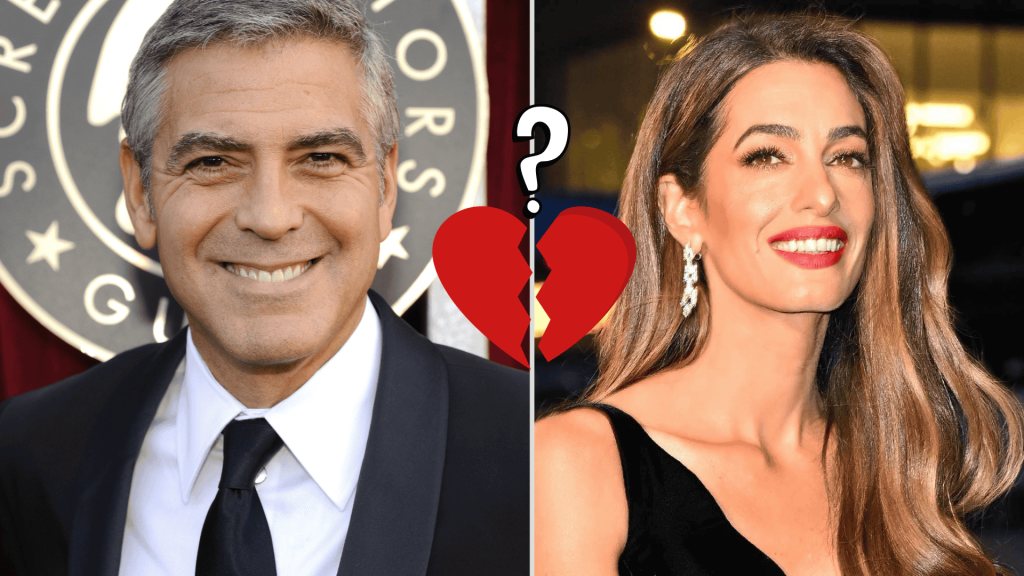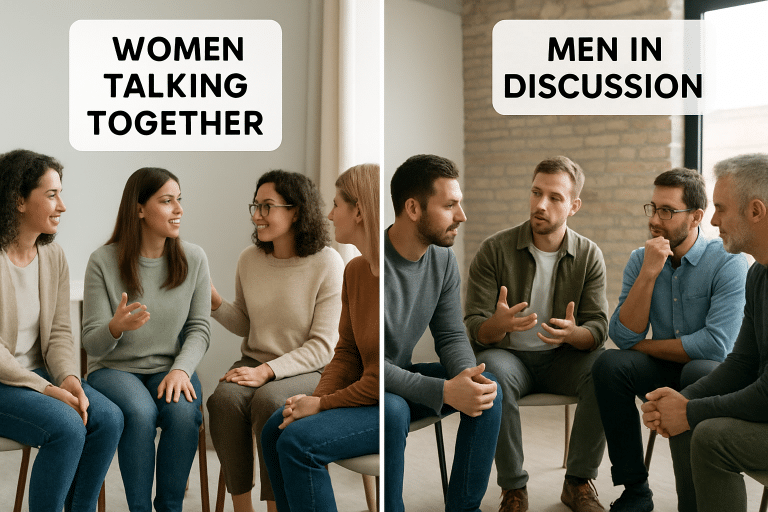Have you ever walked into a museum and felt something shift inside you? Or maybe you’ve seen street art that made you stop and think about your community in a new way?
Art has this special power to touch our hearts and minds. It shapes how we see the world around us.
The role of art in culture goes far beyond pretty murals on walls.
Art tells our stories. It preserves our history. It brings people together and sometimes pulls them apart.
It prompts us to question things we never considered before.
In this blog, I’ll demonstrate how art influences culture and why this connection is more important than ever in our modern world.
What Makes Art So Important in Culture?
Art acts like a mirror for society. When we examine art from different time periods, we can see what people valued during those eras. We can understand their fears, hopes, and daily lives.
Think about it this way. Ancient Egyptian art shows us their beliefs about death and the afterlife. Renaissance paintings reveal the growing importance of individual people. Modern art often reflects our fast-paced, technology-driven world.
Art matters so much in culture because it preserves history when words fail us.
Most importantly, art challenges our thinking and pushes us to see things from different perspectives. This is why every society throughout history has created some form of artistic expression.
How Art Shapes Social Values
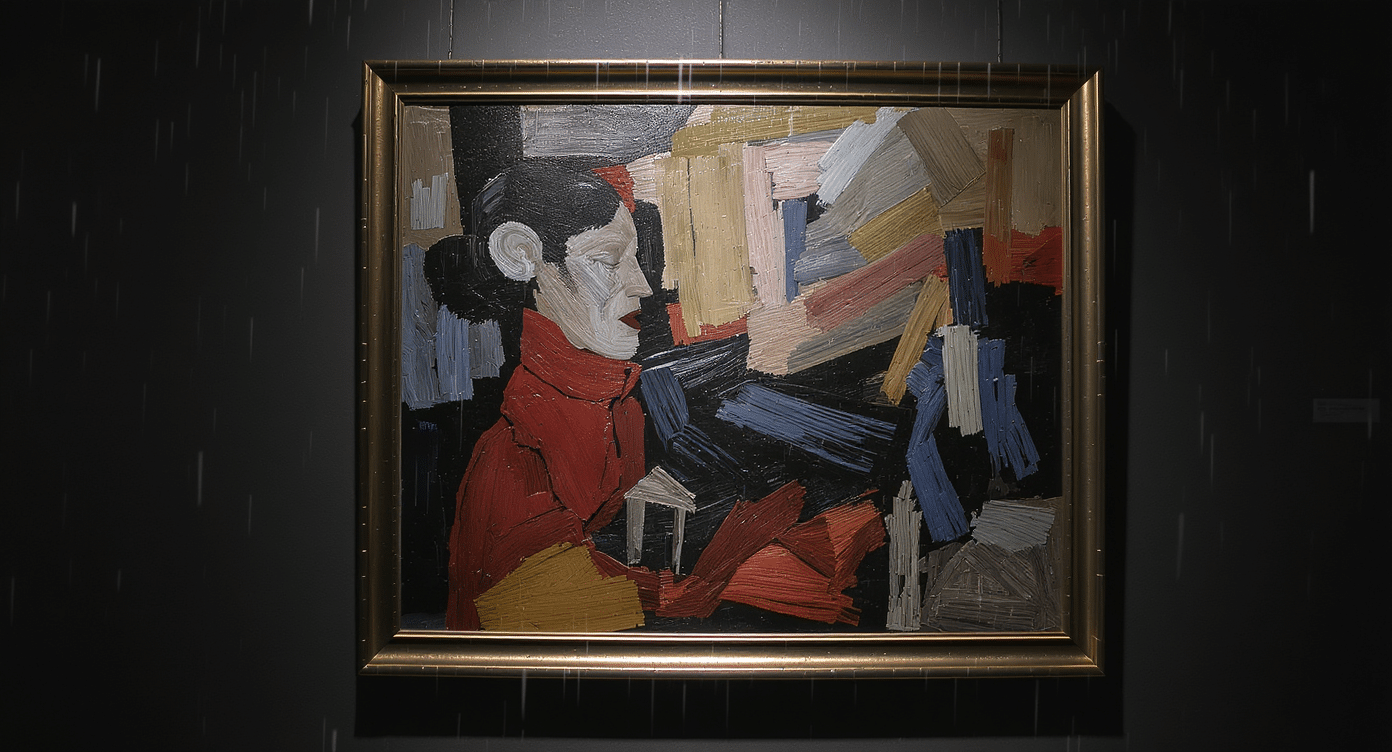
THe role of art in culture doesn’t just reflect culture: it actively shapes it too. Artists often become the voice of change in society.
They point out problems before politicians do. They imagine better futures before scientists create them.
Throughout history, artists have used their work to fight injustice. Here are some powerful examples:
- Music movements – Protest songs during the civil rights movement helped unite people
- Visual activism – Political cartoons have exposed corruption for centuries
- Street art – Murals give voice to communities that feel ignored
- Performance art – Theater and dance can challenge social norms
- Literature – Books and poetry spread ideas about equality and justice
When artists tackle social issues, they make complex problems easier to understand. A powerful painting can explain inequality better than a thousand-word essay.
A song can spread a message faster than any speech. This is why governments sometimes try to control or censor artists – they know art can change minds.
The Role of Art in Culture Across Different Societies
Different cultures express themselves through art in unique ways. What one society sees as beautiful, another might find strange. However, all cultures utilize art to convey important messages.
Traditional Art Forms and Cultural Identity
Traditional art forms help preserve cultural identity. Native American pottery designs carry spiritual meanings passed down through generations.
Japanese tea ceremonies combine art with philosophy. African textile patterns tell stories about family history.
These traditional forms face challenges in our modern world. Globalization can make local art traditions seem less important. Young people might prefer modern entertainment over traditional art forms.
But many communities work hard to keep their artistic traditions alive. They teach children traditional techniques. They adapt old art forms for new audiences. They show how traditional art connects to modern life.
Modern Art’s Global Influence
Today’s art world is more connected than ever before. Artists from different countries influence each other through social media and international exhibitions. This creates exciting new art forms that blend different cultural traditions.
However, this global connection also raises questions. Does global art culture help us understand each other better? Or does it make local cultures disappear?
The answer probably depends on how we approach it. When artists respectfully learn from other cultures, beautiful fusion happens. When they simply copy without understanding, problems arise.
Art’s Impact on Economic and Social Development
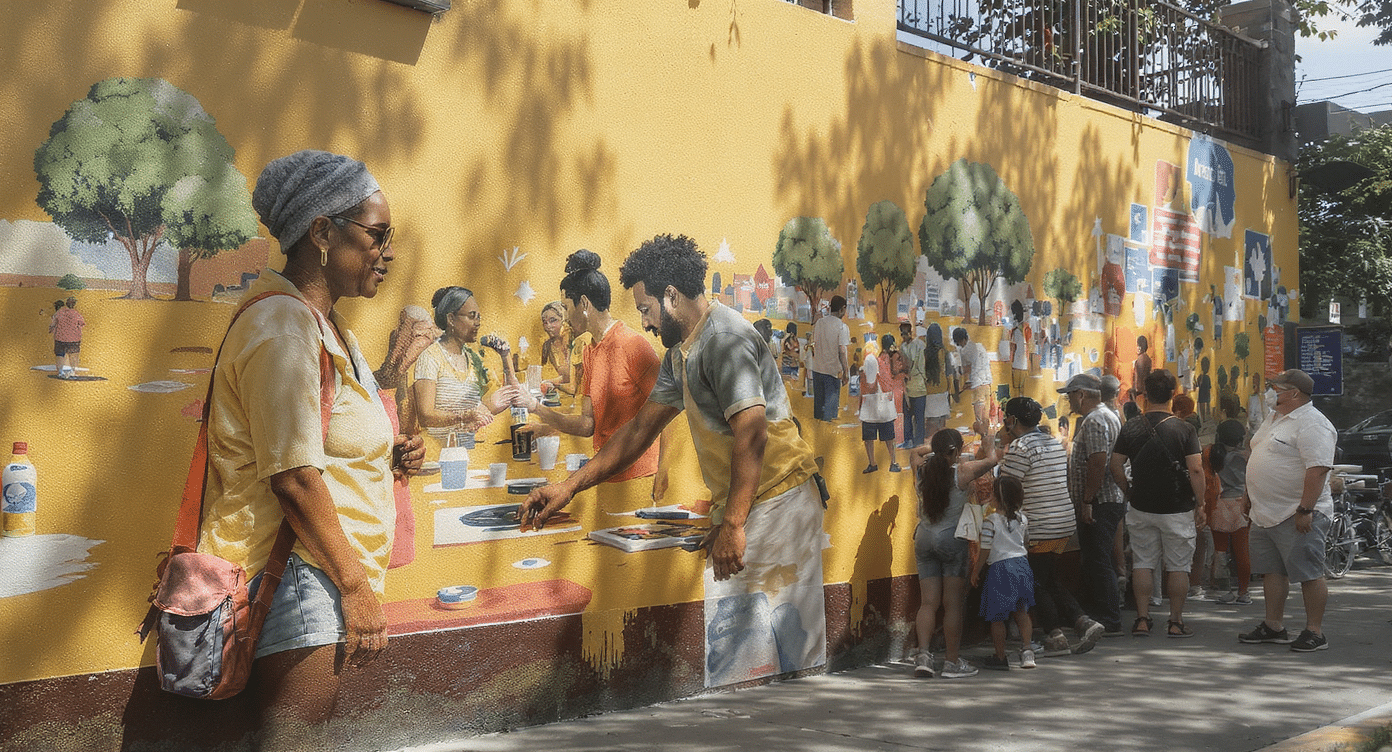
Art doesn’t just feed the soul – it also feeds communities economically. Creative industries provide millions of jobs worldwide. Tourism often centers around artistic attractions. Property values rise in areas with active art scenes.
The Creative Economy
The creative economy includes:
| Sector | Examples | Economic Impact |
|---|---|---|
| Visual Arts | Galleries, museums, public art | Tourism, education, cultural preservation |
| Performing Arts | Theater, music, dance | Entertainment industry, event planning |
| Digital Arts | Film, gaming, web design | Technology sector, marketing, media |
| Craft Arts | Jewelry, pottery, textiles | Small business, cultural tourism |
Cities that invest in art often see broader benefits. Art districts become places where young professionals want to live. Creative spaces attract innovative businesses. Cultural events bring visitors who spend money in local shops and restaurants.
Art Education and Social Development
Art education helps develop important life skills. Students who study art often become better problem solvers. They learn to think creatively and express themselves clearly.
Art programs in schools can:
- Improve academic performance in other subjects
- Help students develop emotional intelligence
- Provide career paths in the creative industries
- Build confidence and self-expression skills
- Create more engaged and empathetic citizens
Unfortunately, many schools cut art programs when budgets get tight. This short-sighted approach ignores art’s long-term benefits for society.
Digital Age Changes in Art and Culture
Technology has changed how we create, share, and experience art. Digital tools give more people access to artistic creation. Social media helps artists reach global audiences. Virtual reality creates new ways to experience art.
The digital age brings both opportunities and challenges for art in culture:
| Opportunities | Challenges |
|---|---|
| More people can create and share art | Information overload makes it hard to get noticed |
| Artists can reach global audiences instantly | Digital reproduction can devalue original artwork |
| New art forms emerge from digital technology | Screen time might reduce appreciation for physical art |
| Virtual museums make art accessible to everyone | Fake digital art and plagiarism become easier |
| Collaborative art projects connect people worldwide | Traditional art skills might get forgotten |
The Future of Art in Culture
Looking ahead, we can see exciting changes in the role of art in culture on the horizon for the art and culture sector. New technologies are opening doors we never imagined before. But at its core, art will always serve the same human needs.
Take the case of Refik Anadol, a media artist who uses artificial intelligence to create breathtaking visual displays. His work converts data from cities, nature, and human memories into flowing art installations.
When his AI-generated piece was displayed at the Museum of Modern Art in New York, thousands of visitors stood in awe. This demonstrates how technology can create new forms of beauty while still evoking emotional responses in people.
Yet some things never change. People still gather around street musicians like they did centuries ago.
We still feel moved by paintings that capture human emotion. Children still love to create art with their hands, just like kids have always done. The tools may change, but our need to create and connect through art remains the same.
Conclusion
The role of art in culture runs deeper than most people realize. Art deeply shapes culture, reflecting how we see ourselves and our world. It preserves history, ignites imagination, unites communities, and amplifies individual voices.
From ancient cave paintings to modern digital works, art mirrors values, challenges perspectives, and fosters connection.
In today’s fast-paced world, it offers stability and innovation. Supporting art education, community programs, and local artists strengthens our shared humanity.
How does art influence your daily life? Does art in your community reflect local values and concerns? Share your thoughts and experiences with art below.

